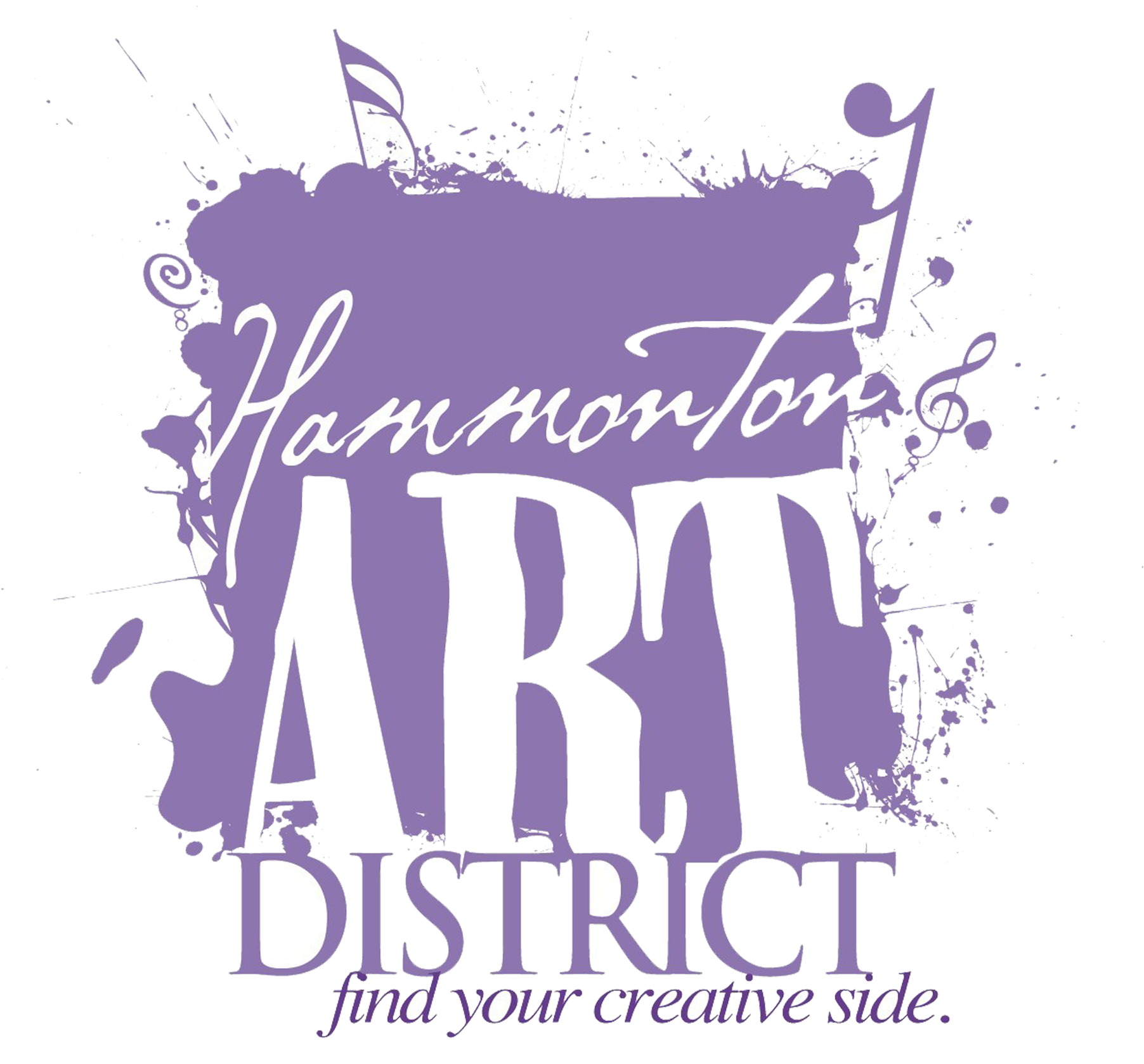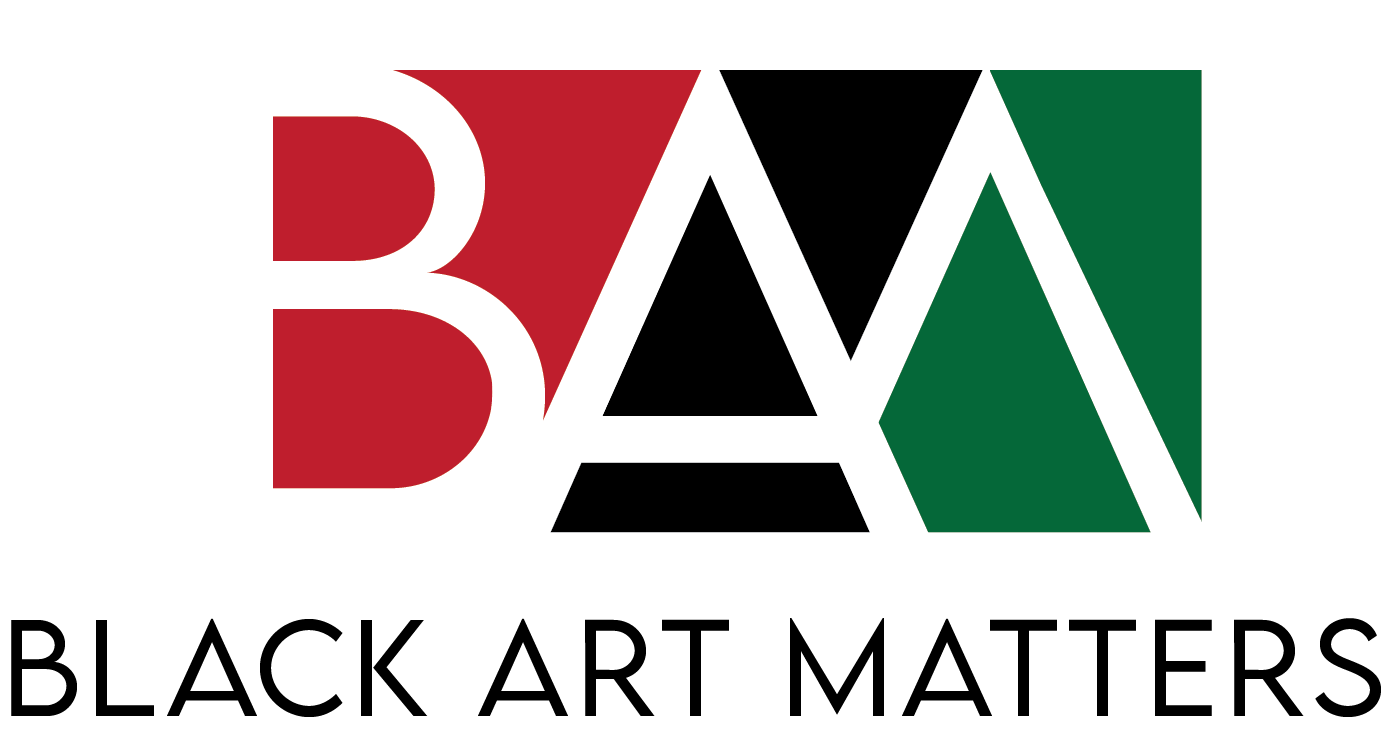Artist: John Morris
Davon Loeb, My Experiences as a Black Man Are Integral to My Life as a Teacher
For the last thirteen years, wherever I’ve taught, I’ve always been one of the only teachers of color. Having taught college, high school, and middle school, I’ve navigated each space as “other.” I often feel like an outsider with the very people I work with, in part because so few of them understand what it’s like to regularly be a minority, often the minority.
Every day I walk through crowded hallways: teachers, students, and staff. I rarely, if ever, see a face that looks like mine. A lot of folks experience this, but it’s the bigger picture that matters: American schools continue to be as segregated as they were before the 1954 Supreme Court decision to desegregate them. There are Black communities and white communities, and there continues to be unequal distribution of resources among their education systems. This is nothing new because the racist history of the American education system is bound to the history of racism in America, but it’s important for people to remember that it remains the status quo.
These days, however, the racism is subtle, hidden in microaggressions. Discrimination is coded in policies and politically-correct language: “failing schools” (Black schools), “those students” (Black students), “remedial classes” (Black classes), “low-income communities” (Black communities). These are buzzwords—dog whistles, if you will—and they’re used every single day to describe Black students, the measures employed to discipline them, and the lessons used to teach them, particularly those who attend white schools. And the crux of this, as a Black educator in a school system staffed by primarily white teachers, is that I feel responsible to defend these marginalized students—even though I am also in the margins myself.
If I’m honest, I’m not always thinking about my race when I stand in front of my students. I am their English teacher—only their English teacher. They don’t look at me and see the only Black teacher in the building. And yet my experiences as a person of color are fully tied to who I am as an educator. I used to ask myself if I could teach a book like To Kill a Mockingbird without teaching as a Black man. I wondered how I might react when a student highlighted the n-word, saying, “Mr. Loeb, look, it’s your favorite word!”
For everything I’ve written about my experience in high school, I currently teach at the high school I attended. Even though that was twenty years ago, not much has changed. In many ways, I move through this building the same way I did back then then, my past curriculum on loop. I dole out old copies of classics: To Kill a Mockingbird, The Crucible, Romeo and Juliet, Catcher in the Rye, twenty years of dates and lists of kids’ names crossed out. Even the same teachers are here, grayed and wrinkled, still lecturing the same lectures: Christopher Columbus, a renowned explorer. Andrew Jackson, a war hero. Thomas Jefferson, a visionary. Still these versions of a tainted America. And still diversity is lacking. Black and brown kids remain on the margins, peppered in one or two seats in the classroom. Sometimes, I look at those kids, and it’s like they see through me. Without saying anything, we know we don’t belong here.
As much as our society has changed since I was a boy, this place has stayed the same. It is a throwback to an American culture that, for many people, is in demand today; it is the perfect picture of “Make America Great Again,” or more simply: it’s just white.
This small non-diverse town in New Jersey is where I’m from, and for many reasons, too many parts of America are still very similar. As a boy of Black and Jewish descent, I clearly did not fit in with my classmates with my black, curly hair, brown skin, and thick lips. I was a thorough mix of Judeo-African heritage. Going through old class pictures, the kids lined up by height, the teacher on the end of the cast of students, I was always the only brown face, teacher and students included, meaning that the only people of color I saw with any regularity were family members, and the few other non-white kids in school. This was especially obvious in middle and high school, when children and teenagers began to understand how and why they all looked alike.













